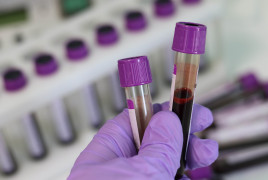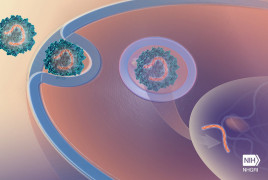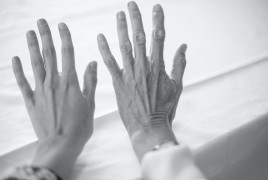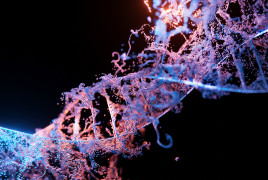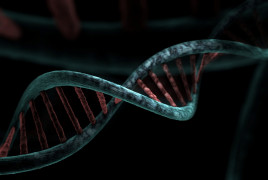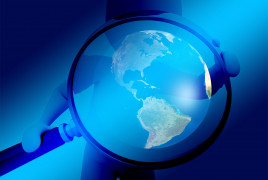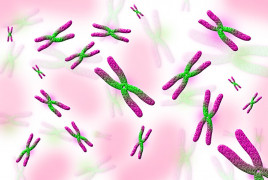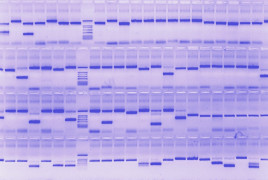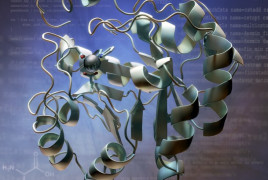A fragrance helps neutralise the smell caused by fish odour syndrome
As unusual as it may seem, the collaboration between a paediatric hospital and a multinational perfume company can bear very good results. Paediatrician Beatriz Mínguez was covering a sick leave for aNew point-of-care device to facilitate monitoring of hereditary and hepatic metabolic disorders
The Sensors and Biosensors Group (GSB) of the UAB Department of Chemistry, with the collaboration of researchers Rafael Artuch and Xavier Rosell of the Sant Joan de Déu Research Institute, haveWhat is gene therapy? Basic concepts and current state of research
Gene therapy fixes genetic mutations that cause a pathology or the malfunction of a biological process by introducing a “ correct ” copy of the affected gene into our cells . We can achieve this inFirst clinical guidelines for Schaaf-Yang syndrome addressed to professionals and families
A research group led by the Sant Joan de Déu Research Institute (IRSJD) has published the first clinical guidelines dedicated to Schaaf-Yang syndrome (SYS), an ultra-rare disease that develops due toGene therapy for congenital muscular dystrophy tested for the first time in patients' cells
Within neuromuscular diseases, there is a broad group of low prevalence disorders known as congenital muscular dystrophies, which shown both clinical and genetic diversity. Symptoms usually appear atShare4Rare and CIBERER join forces to identify patients with rare diseases
CIBERER and Share4Rare have established a collaboration agreement to boost rare disease research. As a secure digital platform open to patients and caregivers from all over the world, Share4RareToxic agents, radiation and microbes: non-genetic factors that can cause a rare disease
Approximately 80% of rare diseases have a genetic origin and are present at birth . However, rare diseases are not always caused by a de novo mutation —occurred spontaneously during reproductive cell

